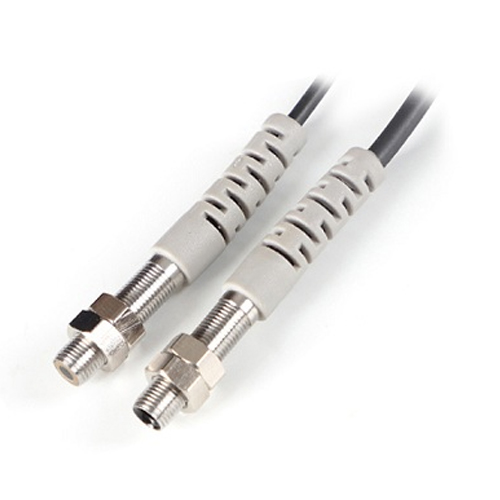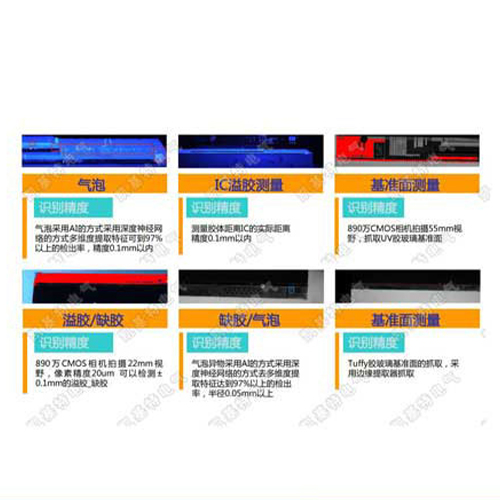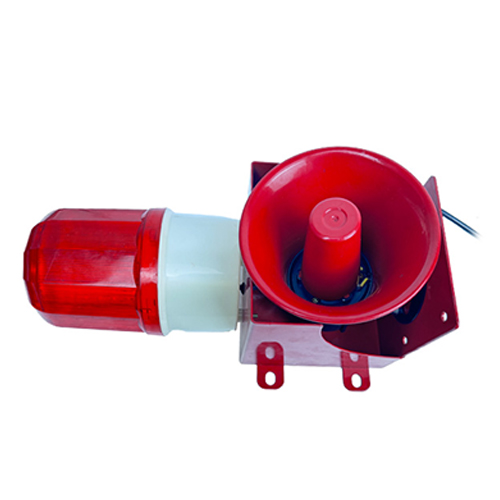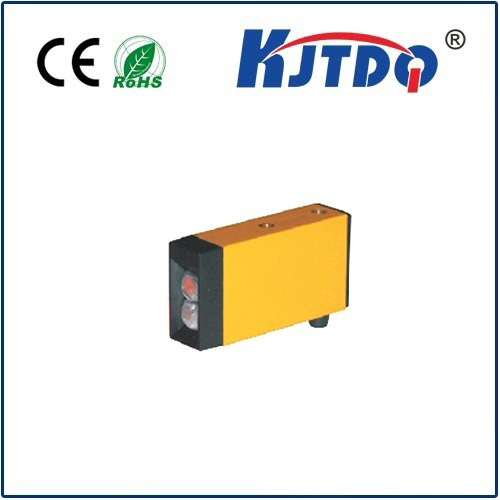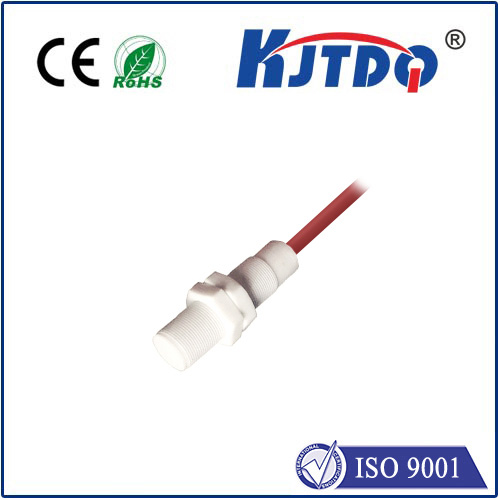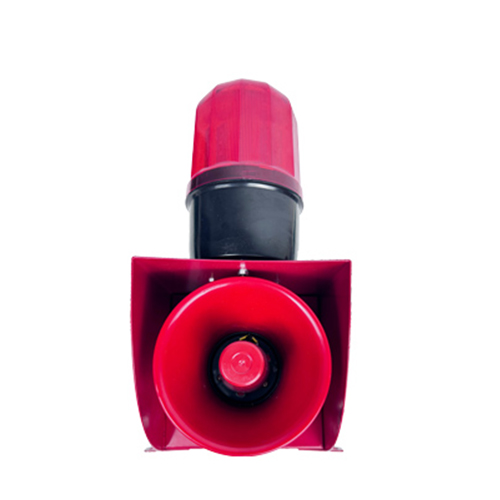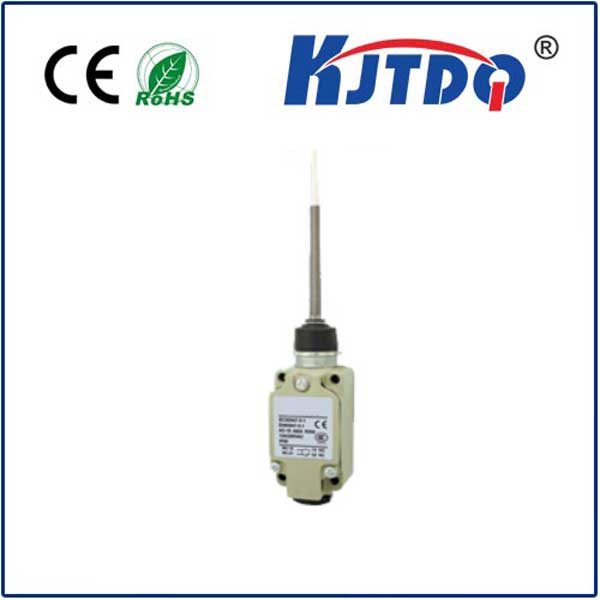Лазерный датчик Интернета вещей
- time:2025-08-28 00:10:47
- Нажмите:0
The Transformative Power of IoT Laser Sensors: Precision Meets Connectivity
Picture this: an elevator unexpectedly halts mid-journey due to a minuscule misalignment undetected by conventional sensors. Or consider vast solar farms where slight shifts in panel angle significantly reduce energy yield. These aren’t just operational hiccups; they represent lost revenue, inefficiency, and avoidable risks. This gap between potential performance and reality is where IoT laser sensors step in, merging exceptional laser measurement accuracy with the power of real-time data connectivity, fundamentally transforming how industries monitor, operate, and optimize. By combining the millimeter-level precision of laser technology with the ubiquitous reach of the Internet of Things, these advanced devices are creating smarter, more responsive systems that anticipate problems before they escalate and unlock unprecedented levels of operational insight.
Beyond Measurement: What Makes IoT Laser Sensors Revolutionary?
At their core, IoT laser sensors leverage established principles like Time-of-Flight (ToF) or Laser Triangulation, adapted for seamless integration into connected ecosystems.
- Time-of-Flight (ToF): Measures the time a laser pulse takes to travel to a target and back, calculating distance with remarkable accuracy. IoT-enabling ToF sensors are ideal for level monitoring in large tanks, obstacle detection for autonomous vehicles or robots, and presence detection over longer ranges.
- Laser Triangulation: Emits a laser dot onto a target surface. A small receiver lens at a known angle captures the reflected dot’s position. Displacement or movement of the target shifts the dot’s position on the receiver, allowing for incredibly precise measurements of distance, thickness, or vibration. IoT-enabled versions excel in industrial automation for part positioning, quality control (measuring component dimensions), and structural health monitoring for tiny vibrations.
The true revolution lies in adding robust connectivity – Wi-Fi, Bluetooth Low Energy (BLE), cellular (NB-IoT, LTE-M), or LoRaWAN. This transforms a standalone measurement device into a critical data node, continuously streaming high-fidelity information to cloud platforms, SCADA systems, or edge computing devices. This real-time data flow is the bedrock of actionable insights and intelligent automation.

Where Precision & Connectivity Create Tangible Impact
The fusion of laser precision and IoT intelligence unlocks potential across diverse sectors:
- Industrial Automation & Manufacturing: Here, IoT laser sensors are indispensable.
- Real-time Quality Control: Laser micrometers and displacement sensors provide non-contact, micron-level accuracy for measuring part dimensions, detecting surface defects, and ensuring assembly tolerances, instantly flagging deviations.
- Robotic Guidance: Enables robots to “see” and precisely position parts, navigate complex environments, and perform intricate assembly tasks with consistent accuracy. IoT connectivity allows for centralized monitoring and real-time adjustment of robotic paths.
- Predictive Maintenance: Continuously monitoring vibration levels on motors, shafts, and critical machinery using laser vibrometers. Subtle changes, imperceptible to humans, signal developing faults long before catastrophic failure, enabling timely intervention and maximizing uptime.
- Smart Infrastructure & Cities: Laser sensors bring a new level of sophistication to urban environments.
- Traffic Management: Automated vehicle counting, classification (car vs. truck), and speed detection using overhead laser sensors. IoT feeds this data to central systems for optimizing traffic light timing, managing congestion, and enhancing safety.
- Structural Health Monitoring: Continuous, high-precision measurement of bridges, buildings, and tunnels for minute shifts, vibrations, or deformations using laser displacement sensors. IoT connectivity provides engineers with constant structural integrity assessment.
- Waste Management: Laser sensors in smart bins accurately measure fill level, optimizing collection routes, reducing fuel consumption, and preventing overflow. Real-time data drives efficiency.
- Healthcare & Life Sciences: Demanding high precision and sterility, laser sensors find key roles.
- Lab Automation: Precise liquid level detection in automated sample handling systems ensures accuracy and prevents spills. Laser-based sensors are ideal for non-contact measurement within sterile environments.
- Patient Monitoring: Early prototypes and specialized systems use laser Doppler vibrometry for non-contact monitoring of vital signs like respiration and heart rate directly from the chest wall, useful in sensitive scenarios. Laser displacement sensors monitor patient position for fall prevention.
- Drug Dispensing & Manufacturing: Ensuring precise measurements of tiny volumes or powder quantities in pharmaceutical production processes.
Core Advantages Driving Adoption
The compelling benefits of IoT laser sensors solidify their growing importance:
- Unrivaled Precision & Accuracy: Delivering measurements down to micrometer or even nanometer levels, far exceeding most other sensing technologies. This is critical for demanding industrial and scientific applications.
- Blazing Speed: Capable of capturing thousands of measurements per second, enabling real-time process control and monitoring of high-speed events.
- Non-Contact Operation: Eliminates wear and tear, avoids contamination of sensitive targets (like food, pharmaceuticals, or delicate surfaces), and allows measurement of hot, moving, or hazardous objects.
- Remote Monitoring Capabilities: IoT connectivity liberates data from the sensor location. Operations can be monitored and managed from anywhere globally, enabling remote diagnostics and oversight of geographically dispersed assets.
- Data-Driven Decision Making: The continuous stream of high-resolution data empowers predictive analytics, process optimization, and automation based on objective, real-world conditions.
- Повышение безопасности: By enabling automated monitoring and early fault detection in hazardous environments (high voltage, chemical plants, etc.), they help keep personnel safe.
Looking Ahead: The Future Illuminated by Connected Lasers
The trajectory for IoT laser sensors is exceptionally bright. Technological evolution focuses on:
- Miniaturization & Cost Reduction: Making high-precision sensing accessible to a broader range of applications, including consumer devices and smaller-scale automation.
- Enhanced Edge Intelligence: Processing data directly at the sensor (edge AI) for faster local decision-making and reduced bandwidth needs, sending only relevant insights to the cloud.
- Multi-Modal Sensing: Integrating laser sensors with other types (thermal, visual, acoustic) on a single platform to provide richer, contextual environmental understanding.
- Improved Power Efficiency: Crucial for battery-powered deployments in remote locations, enabled by advancements in low-power lasers, efficient processing, and optimized communication protocols like BLE and LoRaWAN.
The convergence of pinpoint laser accuracy with pervasive IoT connectivity isn’t just a technological upgrade; it’s a paradigm shift. IoT laser sensors are moving beyond simple data collection to become intelligent sentinels embedded within our physical world. They provide the foundational data integrity required to build truly autonomous systems, optimize complex processes in real-time, predict maintenance needs before they cause disruption, and unlock levels of operational visibility previously impossible. From the factory floor to the smart city street, from the hospital lab to the remote infrastructure site, these sensors are illuminating the path towards a future defined by precision, efficiency, and intelligent responsiveness. The era where machines not only sense their environment but also understand and autonomously act upon it with laser-sharp precision is rapidly unfolding, powered by the silent revolution of IoT laser sensing.

